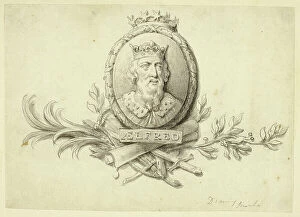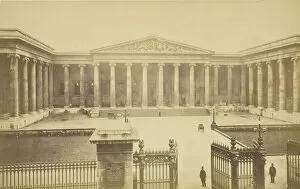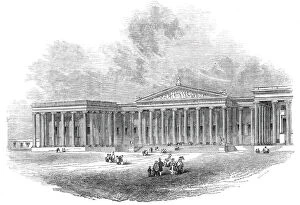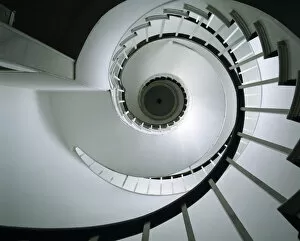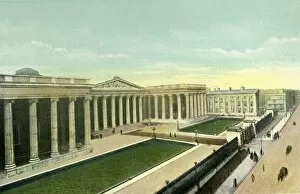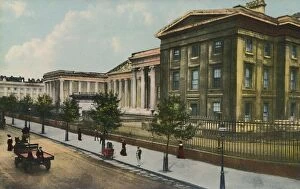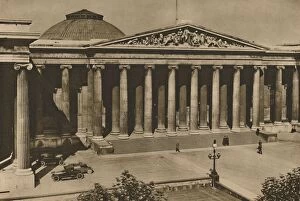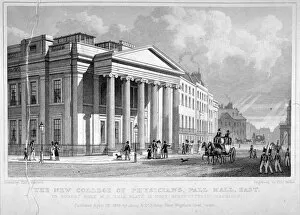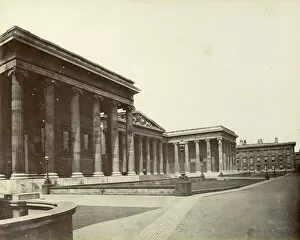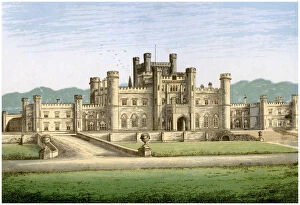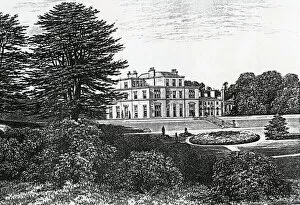Sir Robert Smirke Collection
Sir Robert Smirke was a prominent British architect who left an indelible mark on the landscape of London during the 19th century
All Professionally Made to Order for Quick Shipping
Sir Robert Smirke was a prominent British architect who left an indelible mark on the landscape of London during the 19th century. His most iconic creation, the British Museum, stands as a testament to his architectural genius and enduring legacy. Built between 1823 and 1852, the British Museum is a magnificent structure that houses countless treasures from around the world. Sir Robert Smirke's design seamlessly blends classical elements with modern innovations, creating a grand facade that captivates all who behold it. The photograph taken in 1850 showcases its majestic presence against the backdrop of bustling London streets. Another image captures Sir Robert Peel's residence in Whitehall Gardens, which he designed in 1845. This elegant building reflects Smirke's ability to create both public landmarks and private sanctuaries with equal finesse. The new British Museum facade depicted in another artwork from 1845 highlights Smirke's attention to detail and commitment to preserving historical architecture while adding contemporary touches, and is evident that he understood how to harmoniously blend old and new aesthetics. A glimpse into the present state of the British Museum reveals its continued significance as a cultural institution even after more than a century since its completion. The c1900s photographs by Eyre & Spottiswoode and an unknown photographer showcase how this architectural masterpiece has stood the test of time. Smirke's talent extended beyond public buildings; he also designed Covent Garden Theatre's front in 1850, as seen in an image from (1881). This demonstrates his versatility as an architect capable of shaping various types of structures throughout London. In addition to his architectural achievements, Sir Robert Smirke had an appreciation for literature and theater. Depictions such as "The Seven Ages" scene from Shakespeare's "As You Like It" or Shylock's house featuring Jessica and Launcelot demonstrate his affinity for storytelling through architecture.


